How to speed up the start of the cucumber season
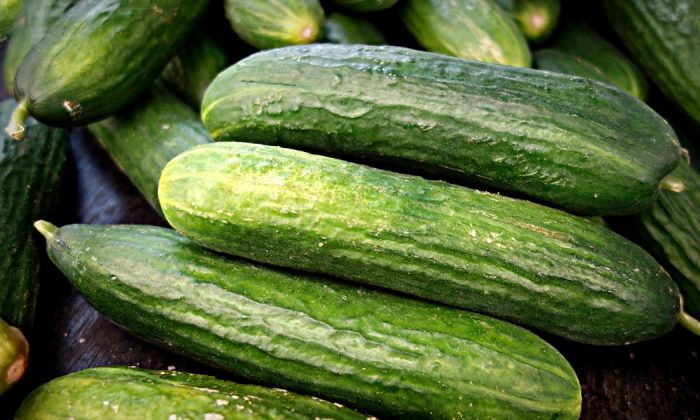
While it may seem too early for cucumbers, you should not get fooled and take an action. The “deadline” of April 25 has long since passed, so, unless you live somewhere in the foothills you need to get going. And if you live somewhere else, well, it pays to take a little risk to enjoy an earlier harvest.
So when is the D-Day? Our ancestors followed this clever saying which can be translated like this – “When April comes, cucumbers go in the grounds,”so you can start sowing as early as 25. April. You should only sow encrusted seed – we shall explain in more detail what actually an encrusted seed is.
Cucumber fungus – the main culprit
Later sowing dates were not a problem in the past, because the much feared cucumber blight was not spread so much. You can actually prevent or at least reduce the occurrence of blight by sowing cucumbers early. Encrusted seeds do not protect against cucumber fungus, as some of you may think. Fungal and bacterial germs commonly grow in the soil and could destroy the seeds before they germinate. As soon as the seeds sprout and you have young little plants you should be okay because young plant can handle the disease. Encrusted seed basically eliminate double sowing only and increase sowing efficiency.
Our tip: Before sowing pour good amount of water inside the groove and then cover everything with dry soil. If it is warm enough, your seeds should sprout within a week.
If you use mesh and foil, you can enjoy a much earlier harvest
If you don’t mind getting your hands dirty, create a small tunnel made of mesh and foil above the rows of cucumbers (white non-woven fabric can also be used). The width should be between 50-70 centimeters and the height between 20-30 centimeters. Cover the tunnel front and rear face with clay and leave cucumbers to their fate.
Remove the soil only in mid-May and with a little luck you should see the first flowers within three weeks or so. Chose parthenocarpic varieties that can produce fruits without pollination for this type of cultivation to make sure that your little plants will produce fruit even if you forget to remove the foil tunnel. Parthenocarpic varieties include all cucumbers suitable for greenhouses (e.g. the popular Alhambra, Orfeus or Zuzana).
Our tip: If you don’t have sufficient space to grow cucumbers, you can also bet on multi-fruit varieties. They can produce up to three fruits behind each leaf! You can find them in many garden stores and the bag should include the name “multi-fruit or tassel”, for example, Korveta or Everest.
Preview photo: Pixabay

Gardening is my hobby, I have a lot of experience and I am happy to share it.
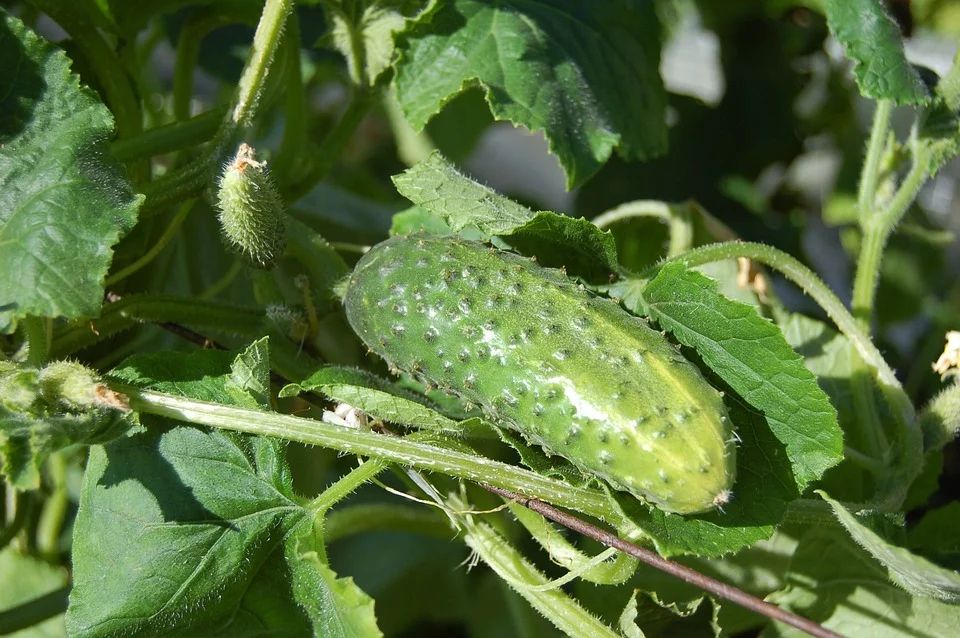


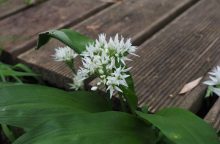
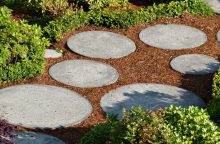


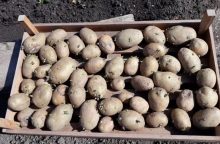

0 comments